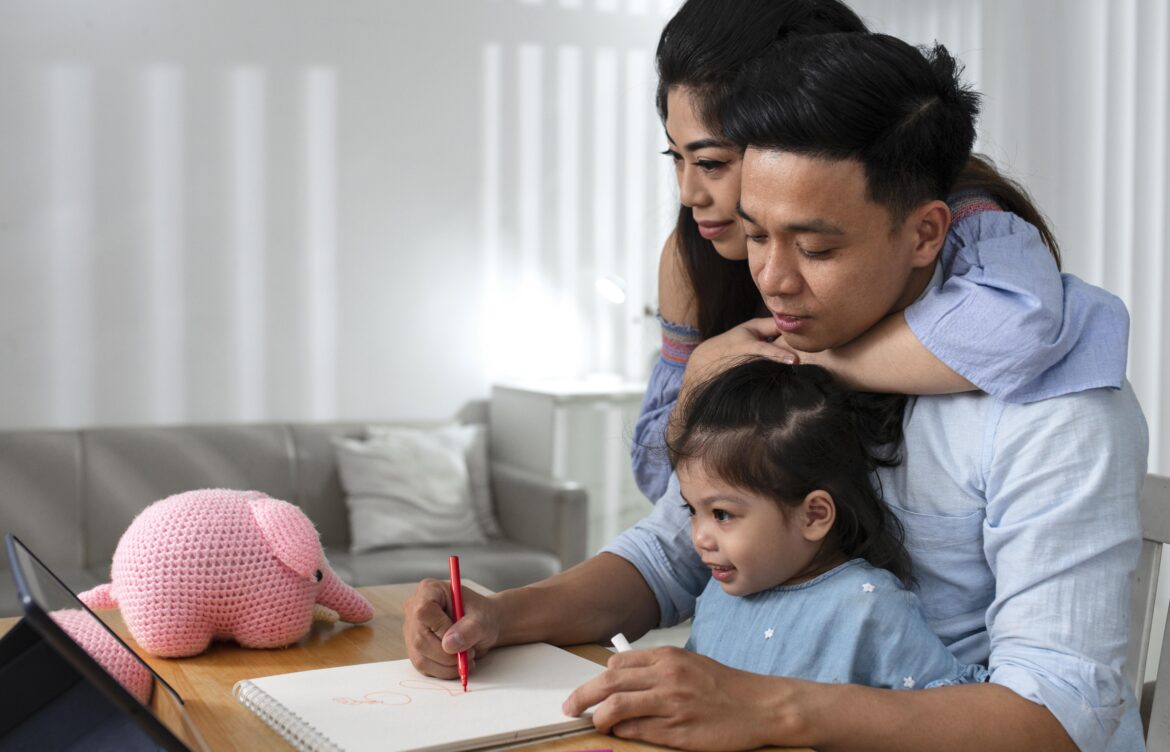
How Parents Can Support Their Child’s Creative Growth
Creativity is one of the most valuable skills a child can develop. It fuels problem-solving, builds confidence, and encourages independent thinking. As a parent, there are many ways you can nurture this skill, both at home and in structured activities. Supporting your child’s creative growth isn’t just about arts and crafts—it’s about creating an environment where exploration, curiosity, and self-expression are encouraged.
Encourage Exploration
One of the first steps in fostering creativity is giving your child opportunities to explore different interests. Whether it’s music, art, writing, or building, providing access to various activities lets children discover what excites them. Encourage them to try new things, even if it’s outside their comfort zone. By exploring multiple avenues, children learn to think in diverse ways and find their unique strengths.
Support Their Passions
When you encourage your child’s interests, it can help them develop skills and understandings that are useful in school and life. For example, if your child enjoys music, helping them practice an instrument or join a choir can boost confidence, teach discipline, and foster teamwork. Tools like choir manager online can make it easier for parents and kids to manage choir participation, practice schedules, and group activities, keeping their musical journey organized and enjoyable.
Embrace Technology as a Creative Tool
While some parents worry about screen time, technology can actually support creativity when used thoughtfully. Certain video games encourage problem-solving, strategy, and storytelling, helping children develop critical thinking in fun and engaging ways. Research has shown that there are positive effects of video games on creativity, spatial reasoning, and teamwork skills. Choosing games that challenge children intellectually or let them create within the game world can complement other creative activities.
Create a Stimulating Environment
A child’s environment plays a big role in nurturing creativity. Simple changes like having accessible art supplies, musical instruments, or building blocks can encourage spontaneous play and experimentation. Rotating materials or introducing new challenges keeps activities fresh and engaging. Encouraging a mix of structured activities and free play helps children learn to balance discipline with imaginative thinking.
Encourage Collaboration and Social Creativity
Creativity is not always a solo activity. Group projects, team sports, or collaborative games teach children to share ideas, compromise, and learn from others. Activities like music ensembles or drama classes offer natural opportunities for collaboration. By engaging with peers, children develop social skills and discover how to build on others’ ideas while contributing their own.
Celebrate Effort, Not Just Results
Parents can reinforce creative growth by praising effort and persistence instead of just the final outcome. When children feel safe to make mistakes, they are more likely to experiment and take risks with their ideas. Discussing the process rather than the product encourages reflection and helps children internalize lessons for future projects. This mindset builds resilience and an understanding that creativity often involves trial and error.
Integrate Creativity into Daily Life
Supporting creative growth doesn’t always require formal activities. Everyday tasks can be opportunities for imagination and problem-solving. Cooking, gardening, storytelling, or even rearranging furniture can spark creative thinking. When children see creativity valued in daily life, they learn to approach challenges with curiosity and flexibility.
Encourage Reflection and Self-Expression
Finally, allow time for children to reflect on their experiences and express themselves. Journaling, sketching, or discussing their ideas can help them process learning and build self-awareness. Reflection gives children the chance to understand what excites them and how their creative efforts make them feel.
Conclusion
Nurturing creativity in children is about providing support, opportunities, and encouragement across a variety of activities. From music and art to thoughtful technology use, parents can create an environment that values exploration and expression.

 Troy Starling is the dynamic and innovative mind behind an array of successful digital ventures, renowned for his expertise in technology and marketing. As a seasoned entrepreneur, Troy’s journey is marked by his ability to identify and capitalize on emerging trends, creating solutions that resonate with modern consumers. His projects often blend cutting-edge technology with user-friendly interfaces, making technology accessible to a broader audience. Troy’s leadership style is characterized by a forward-thinking approach and a commitment to fostering a culture of creativity and continuous learning within his teams. His ventures not only achieve commercial success but also set new standards in their respective industries, reflecting his vision of leveraging technology to improve everyday life. Whether it’s through groundbreaking apps or digital platforms, Troy Starling remains at the forefront of the digital revolution, constantly pushing boundaries and inspiring innovation.
Troy Starling is the dynamic and innovative mind behind an array of successful digital ventures, renowned for his expertise in technology and marketing. As a seasoned entrepreneur, Troy’s journey is marked by his ability to identify and capitalize on emerging trends, creating solutions that resonate with modern consumers. His projects often blend cutting-edge technology with user-friendly interfaces, making technology accessible to a broader audience. Troy’s leadership style is characterized by a forward-thinking approach and a commitment to fostering a culture of creativity and continuous learning within his teams. His ventures not only achieve commercial success but also set new standards in their respective industries, reflecting his vision of leveraging technology to improve everyday life. Whether it’s through groundbreaking apps or digital platforms, Troy Starling remains at the forefront of the digital revolution, constantly pushing boundaries and inspiring innovation.
